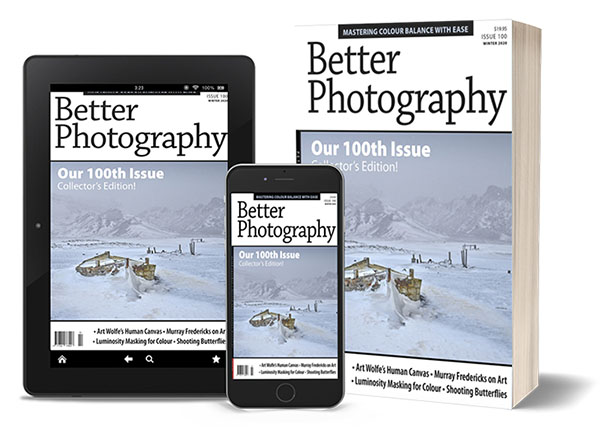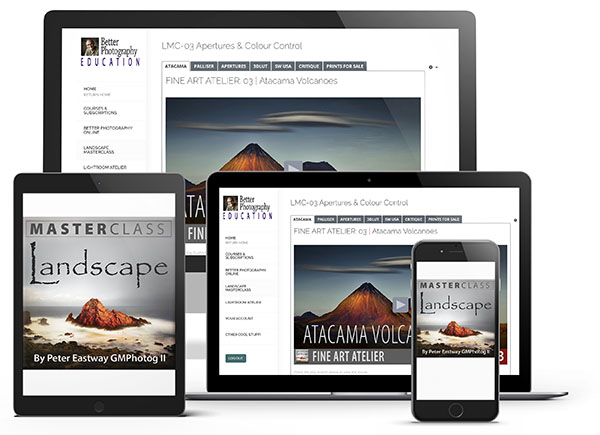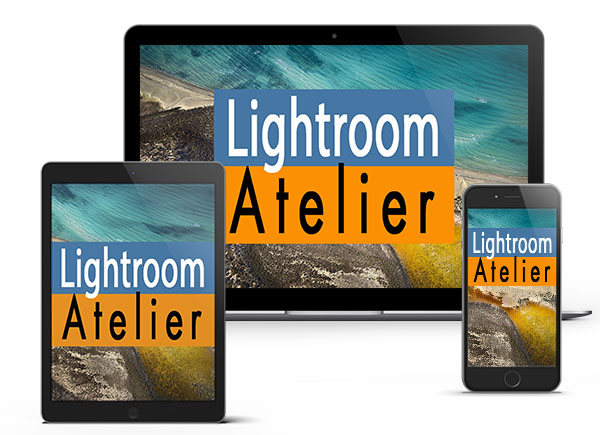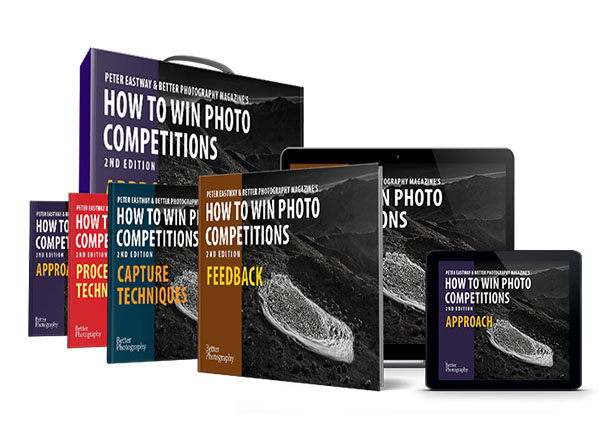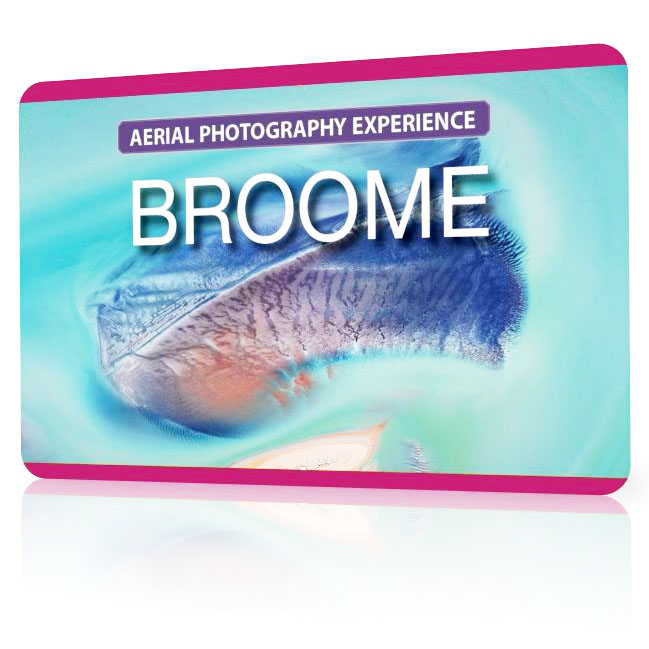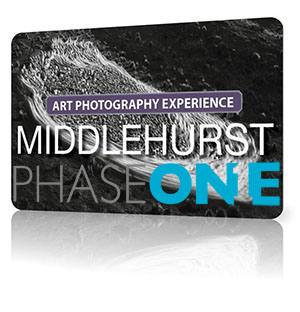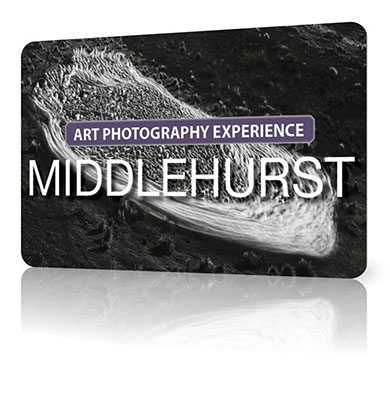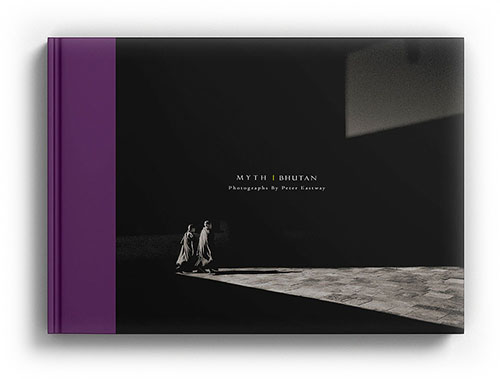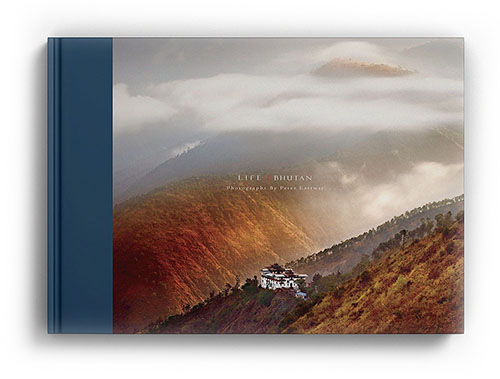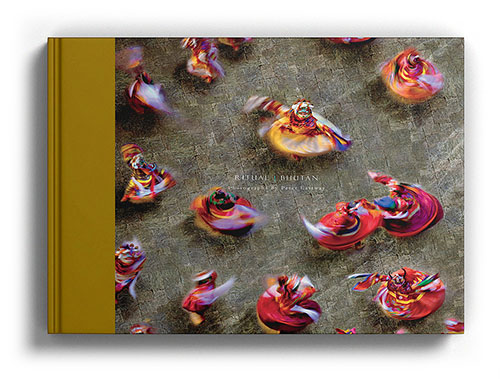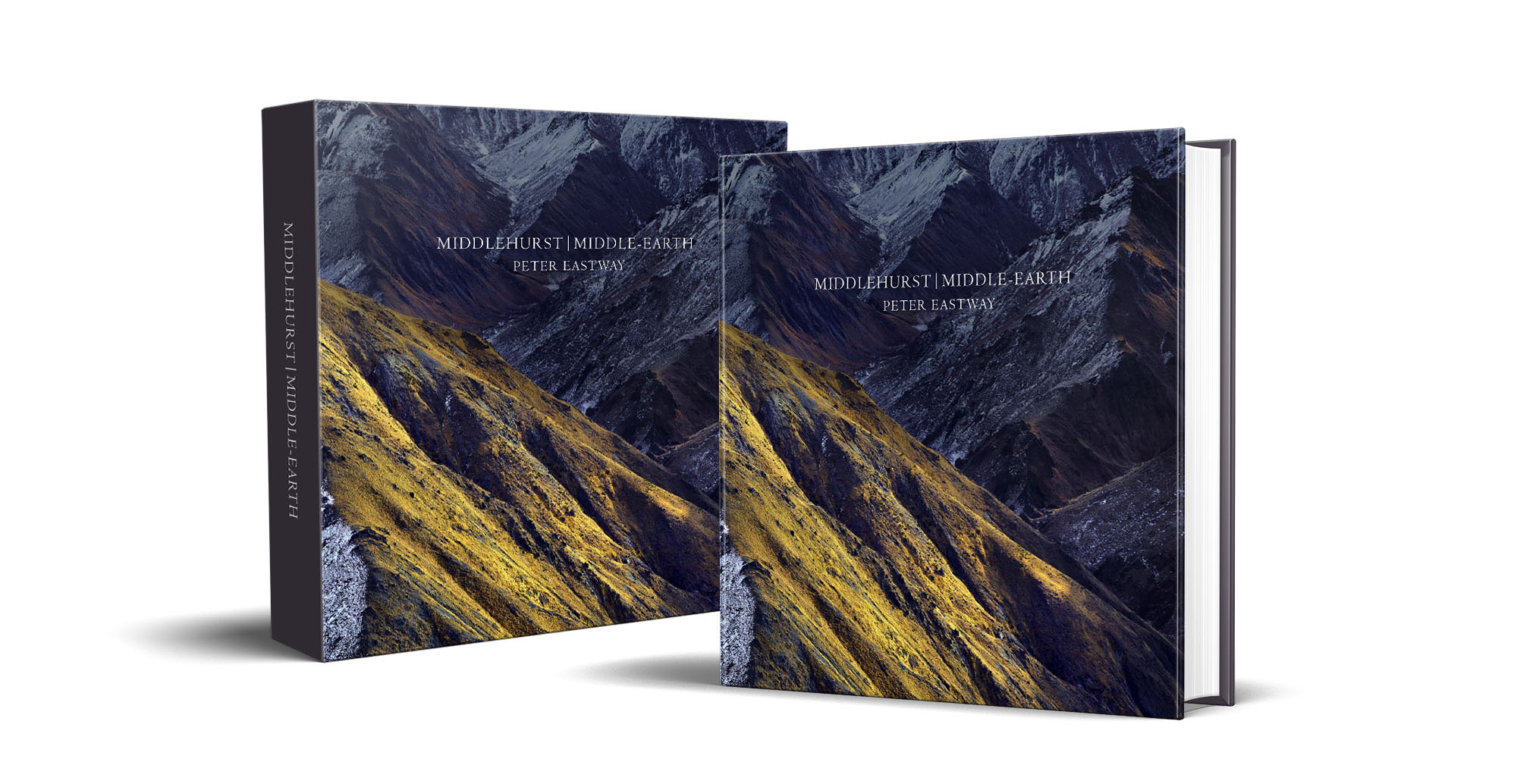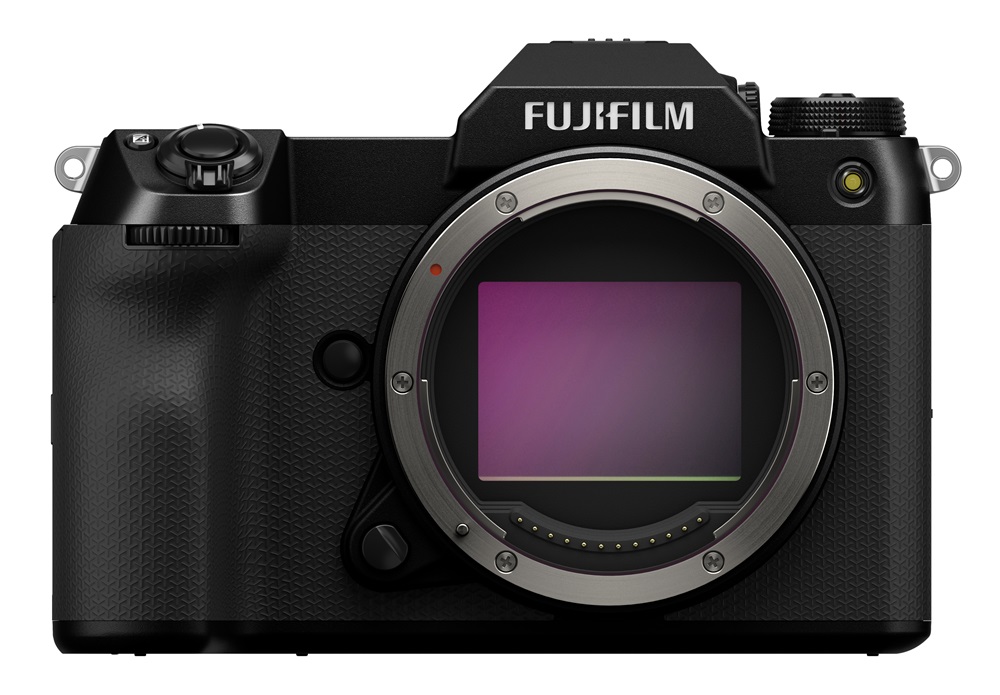At Taronga Zoo in Sydney on Thursday, Fujifilm released four new products, beginning with a reduced price, improved performance GFX100S II. The 102-megapixel large-format camera incorporates a new sensor, a slightly lower native ISO 80 setting, improved subject focusing and 8-stops IBIS (in camera image stabilization). And at RRP AUS$8699, it is now right in there competing with top of the line full-frame sensor cameras.

And there’s no doubt that Fujifilm is wanting its large-format model to be suitable for all types of photography. After adding in two tilt-shift lenses to the line-up recently, the latest lens will be of great interest to wildlife and sport photographers: the GF500mm F5.6 R LM OIS WR. The focal length is equivalent to 396mm on a full-frame sensor and with the 1.4x converter, you can push it out to 554mm equivalent – ideal for both sport and those African safaris! At RRP AUS$6099, it’s much less expensive than the 400mm and 600mm wide-aperture super-telephotos for a full-frame system, and while its maximum aperture is not as wide, you also have to remember that the larger format size has inherently less depth-of-field – and so the bokeh is still going to be amazing!

For the smaller format followers, the Fujifilm X-T50 at RRP AUS$2599 is aimed at a more ‘amateur’ market than the X-T5, but like the GFX100S II, without losing any important features. The big change as I see it is the inclusion of various Fujifilm Film Simulations on a dial on the camera’s top deck. This makes the camera more accessible for those who don't know as much about photography, but without losing anything in the process. Now while most of us will shoot raw, and the film simulations create a JPG, the camera can also capture a raw file with the simulation settings included. For Lightroom, Adobe will process the raw file to look very similar to the Fujifilm film settings, while in Capture One I understand, it actually sets up the raw file using the Fujifilm’s settings. Of course, you can set the film simulations afterwards in post-production, but there’s certainly something neat about shooting with a black and white film simulation and seeing the results immediately on the rear LCD screen.
Fujifilm has also released a new general purpose zoom for the X-series, the XF16-50 F2.8 R LM WR, with a full-frame equivalent focal range of 24-76mm. This is a very useful mid-range zoom and Fujifilm suggests they’ve designed it to take advantage of the higher-resolution 40-megapixel sensor in the latest X-series cameras. It weights just 240 g and has a RRP AUS$1299.

